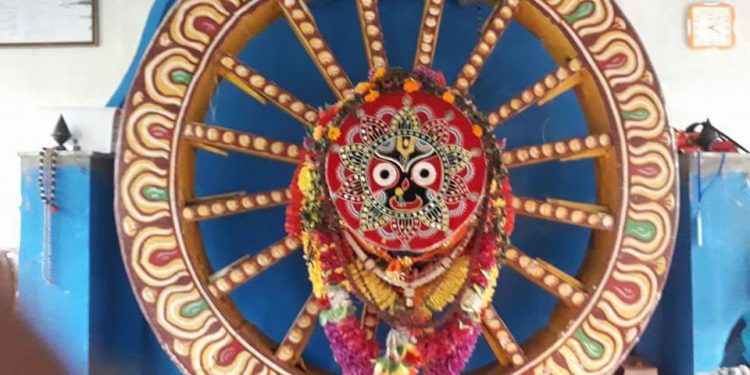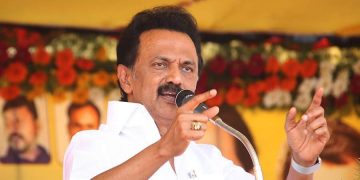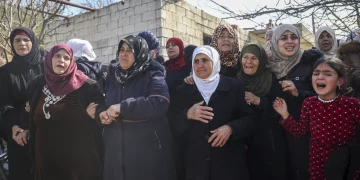‘Madala Panji,’ or the chronicle of Srimandir traditions, also documents the vandalising of Hindu temples by the Mughals and the Mongols between the 13th and 18th centuries. To protect the deities, the idols were transferred to faraway places at least ten times during this period.
When Raktabahu attacked Srimandir for the first time, the deities were shifted to Sonepur and buried at a spot identified as “Dian Bar.” For 200 years, the idols were kept out of invaders’ reach.
Towards the end of the 17th century, when Ramachandra Deva became the Gajapati king of Odisha, the Jagannath temple at Puri was repeatedly attacked by the Mughal Taqi Khan. The idols of the Jagannath temple had to be taken out of the Srimandir and, as per legend, the deities were hidden in the areas surrounding Chilika Lake which extended to the present-day Odisha districts of Puri, Khurda and Ganjam. Some of the places where the Gods were hidden are Marada, Khurda Garh, Chikiti, Tikabali, Bankuda Kuda, Athagarh Patna and Nairi among others.
Each time the Lords had to be taken out, their route maps were ordained by the gods themselves and their places of stay extended from the Dobandha ghat on river Bhargavi to Kankana Kuda (now Kankana Sikhari), an island in Chilika. Kankana Kuda was then full of trees and animals. After four months, the idols were transported to Dolamandap Sahi of Nairi village in Chilika. An ancient temple, Harihara Dev Mandira, is believed to have given shelter to Lord Jagannath for around a year or so in the latter part of the 17th century. The idols were installed on three circular stones which are known as ‘Bije Chaka.’ The water of Chilika are said to have turned blue and became sanctified for providing shelter to Lord Jagannath and his siblings.
The temple
The Harihara Dev temple was a rare meeting point of two cults as both Vishnu and Shiva were worshipped in the same compound. Three circular pindis (pedestals) can still be found there. People believe that Jagannath, Balabhadra and Subhadra used to sit there during their exile.
Instead of the usual stone lingams or idols, one can find two pits out of which the round-shaped one represented Shiva and the oval shaped one represented Vishnu.
Jay-Vijay and Nandi Bhrundi are considered to be the gatekeepers of the temple. A Laxmi-Nrusingha temple is also present inside the complex.
At the end of the village is a Gundicha temple. Close to the temple is a well, known as Gundicha-well. After the idols were shifted, the well became a pilgrimage site.
During the one-year stay of the deities at the temple, people celebrated a Rath Yatra in the village. At that time, Paikas (guards) of the village and the king’s soldiers took care of the deities’ security.
Chilika: Second home
It is said that once Lord Jagannath was riding on horseback in disguise when King Sri Purushottam Dev(araya) of Utkala (ancient name of Odisha) was engaged in a war with Kanchi. On his return, the Lord is believed to have quenched his thirst by buying curd from a maid named Manika at a place known as ‘Dahi Khia’ of Chilika.
The deities were kept hidden and shifted from place to place in Chilika such as Mainisa, Gurubai, Gabapadar, Nairi, Kankana Sikhari, among others, on boats.
The deities were worshipped for about four months at Kankana Sikhari and a year at Nairi before they were shifted to Marada temple in Ganjam district where the Lords were worshipped uninterrupted for two years and four months.
During this period, Srimandir of Puri lost its importance due to the absence of the deities. Rituals and festivals were stopped and pilgrims stopped visiting Srikshetra (Puri). This depleted the revenues and forced the Mughal administrators to give a second thought to the safety of Srimandir. Kuli Khan was subsequently ordered to restore Lord Jagannath to the Puri temple.
Accordingly, Rama Chandra Deva II brought back the idols of Lord Jagannath to the Srimandir in 1733. That year, a leap year, there were two Ashadha months and the Nabakalebara function was also held according to tradition. The idols of Lord Jagannath, Balabhadra, Subhadra and Sudarshan were replaced by a new set of idols and consecrated at the bejewelled throne (Ratna Singhasan) of Puri Srimandir.
During the Maratha period, the temple of Lord Jagannath was brought under the direct control of the Government with special attention paid to the important rituals and festivities. The Maratha regime, in spite of other drawbacks, distinguished itself for patronising religion and religious institutions and making Odisha a centre of attraction for the people of India.
After the Maratha period, the British administrators also did not interfere in the normal functioning of the Jagannath temple administration and rituals including car festivals and Navakalebaras.
Kankana Sikhari
When the deities were worshipped at the temple in Kankana Sikhari, the servitors brought fresh water from the Jamuna-Nirjhar and used it for the Lords’ abhisheka since Chilika is a salt water lake. At that time, the people used to harvest ‘Kankada’ (spine gourd) on the island which was offered to the Lords. The name of the place ‘Kankana Sikhari’ might have originated from the vegetable ‘Kankada.”
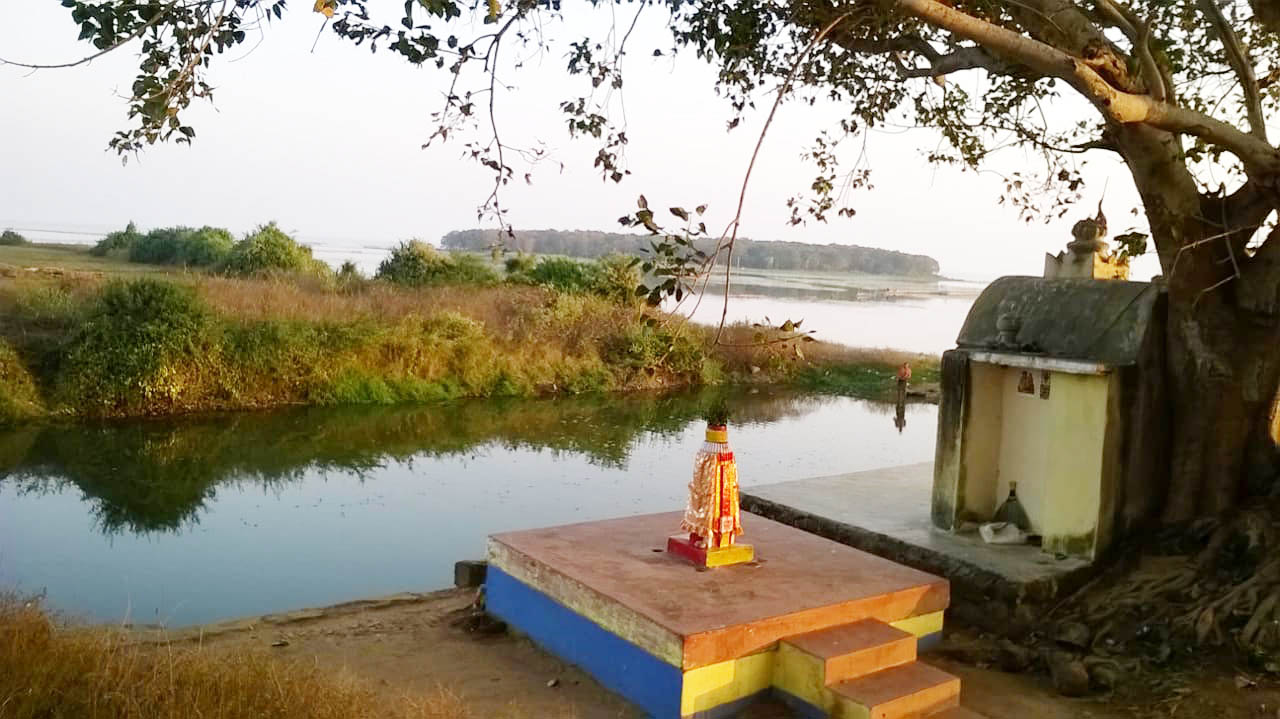
To restore the Jagannath cult, Srimandir administrators visited the place in 2007. In 2014, the locals gathered to discuss the restoration of Harihara Dev Temple and protect Kankana Sikhari island. A throne was installed at Harihara Dev Temple and trees were planted around the Kankana Sikhari island February 9, 2015 in memory of the Nabakalebara of idols in Srimandir. At the time of planting saplings around Kankana Sikhari, people found a sandalwood grinding stone.
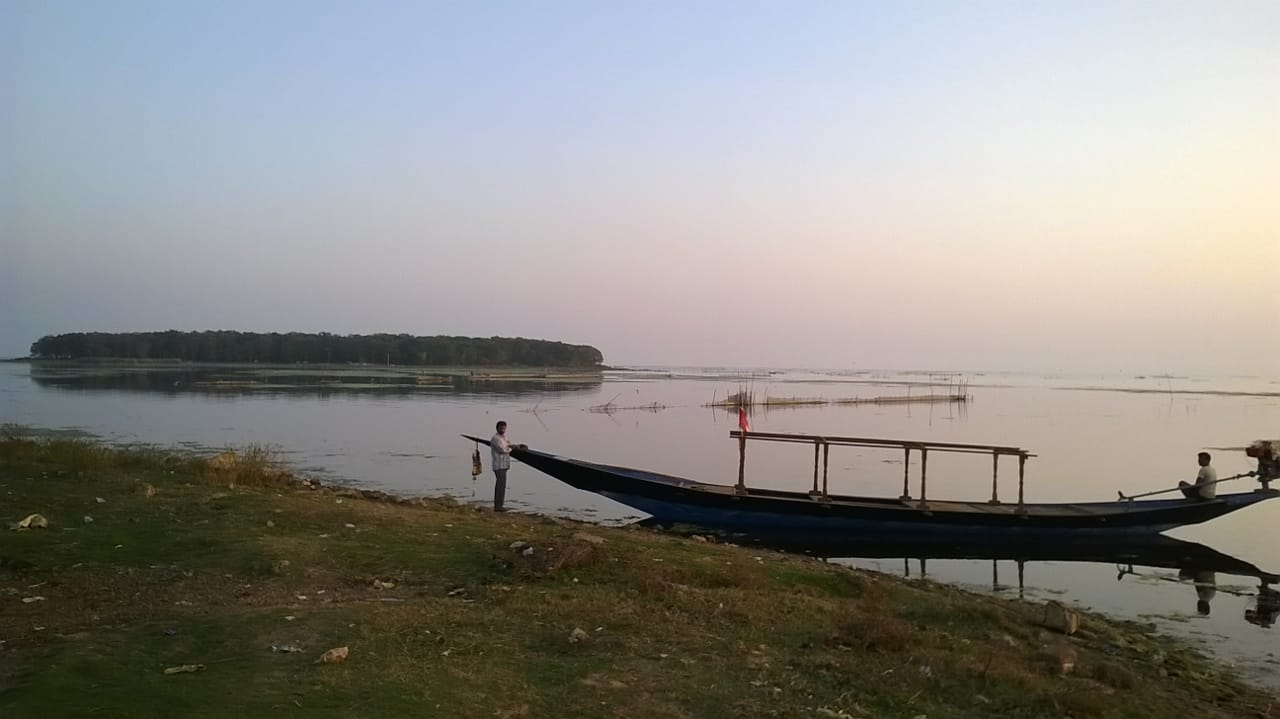
The Sri Jagannath temple administrator donated a wooden wheel of Nandighosh chariot March 21, 2015 which is now worshipped at the temple. A priest was appointed and a well was dug for the Lord at the temple.
Initially, the administrator constructed 25 cement chairs for devotees at the temple and four solar light posts at the bay of the island. Boat rides are free for devotees who want to go to visit the island from Nairi between 8 am and 5 pm.
The locals have been urging the government to turn the place into a tourist destination.
Jajati Keshari Rout, who recently visited the place, said, “People who intend to go to this place can learn a lot about Jagannath cult and also enjoy the scenic beauty of the lake. They can have picnics with vegetarian food in winter.”
How to reach by road
The Harihara Dev Mandir is around 85-km from Bhubaneswar, the state capital. To reach the place, one has to travel on the NH-5 that connects Berhampur. After covering around 80-km from Bhubaneswar towards Balugaon, there is a chowk named Nachuni, from where one should take a left turn and continue for 5-km to reach the shrine.
SOYONG,OP

